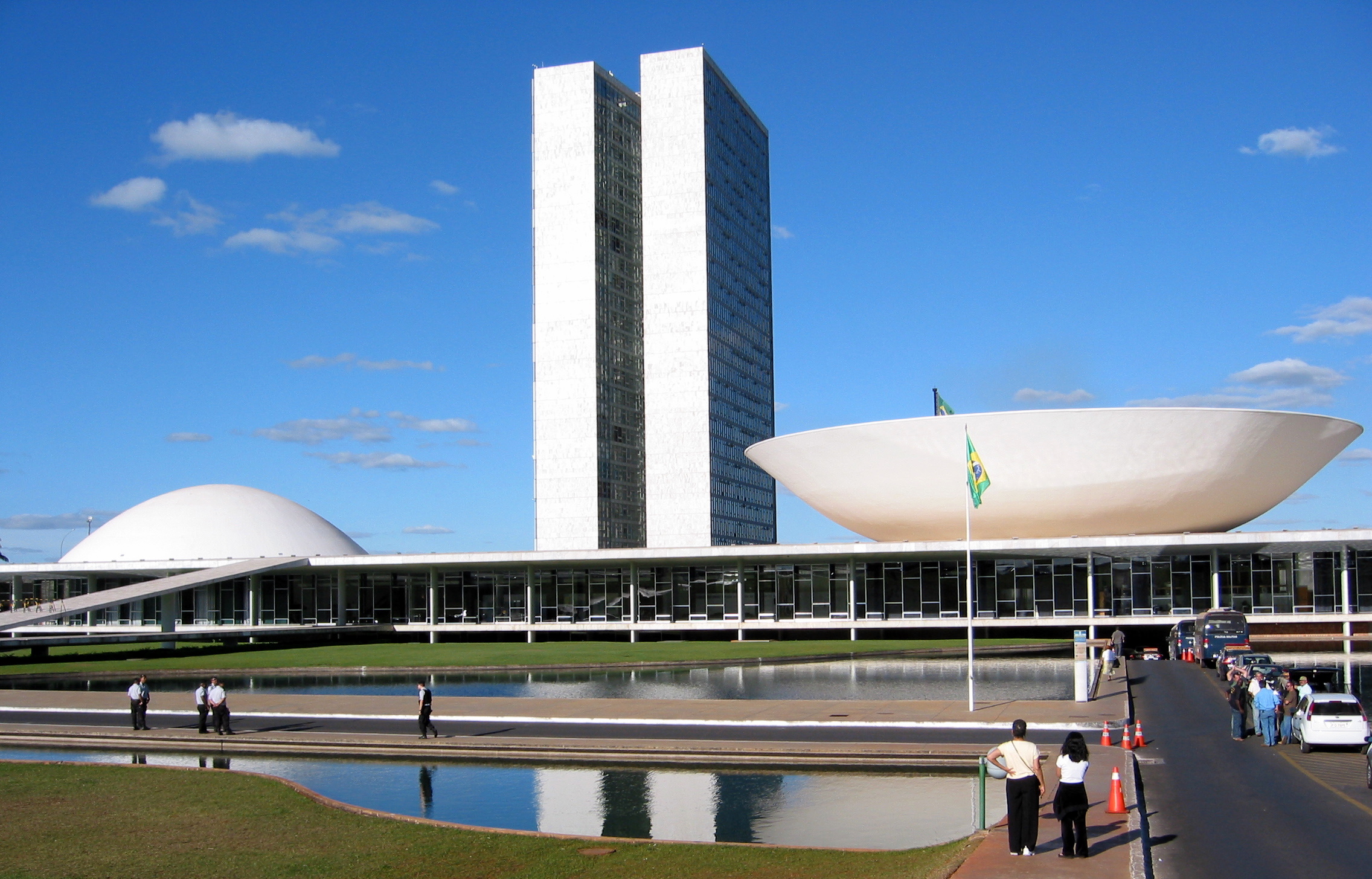The Science behind Architecture

Architecture, in various forms, dates back to early man. But it wasn’t until the late Renaissance period that modern architecture that we know today came about; when engineers, artists and architects separated and formal architecture training began in the 19th century. It became less focused purely on its artistic merit, and more on its quality and function.
The Oxford Dictionary defines architecture as being: ‘the art and science of designing buildings and (some) nonbuilding structures’. (Shorter Oxford English Dictionary, 1993). And now, there is more science behind architecture than ever before – from earthquake and hurricane proof to advanced soundproofing and more, a building is no longer ‘just a building’, and the design needs to be more than just aesthetically pleasing – it needs to be functional too.
Here, we take a look at some of the common problems faced by architects and the scientific developments that are used to overcome them.
Sustainability
The word sustainability has been a hot topic for several years now. Sustainable products are both environmentally friendly and more economical. From energy and transport to clothing and agriculture, engineers and scientists are constantly looking for ways to make things more eco-friendly and sustainable. Architecture is no different. There are several elements of building design and construction that can be more sustainable – including the materials used and machinery involved.
In Australia, the Green Building Council of Australia gives green ratings to new buildings, based on the environmental impact that they have. Launched in 2002, the not-for-profit Green Building Council aims to help promote more sustainable and green property developments, such as those advocated by Dion Seminara, who is looking to promote what he calls ‘intelligent architecture’.
“The Queensland homes offered many advantages, particularly in terms of lower running costs for heating and cooling. The architectural design responded directly to the local climate using simple materials to create comfortable homes.
 Follow
Follow